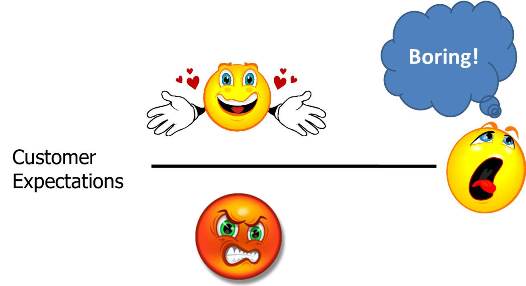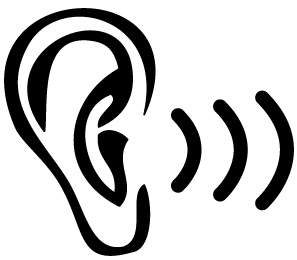I’m picky when it comes to ordering breakfast at a restaurant, so I almost always order a la carte. And, almost always, my meal arrives on several plates. It’s a minor annoyance, though it's become expected.
Combining my a la carte items onto one plate seems like such an obvious move, but there’s a simple explanation as to way it infrequently happens. The culprit is process.
Why is process to blame?
Processes get drilled into employees’ heads. That’s how they learn and it’s often how they’re managed. It’s also how work flows in many service environments. As a result, it's what employees often focus on.
Take my a la carte order for example. It’s not a specific meal on the menu, so the server has to ring it in as individual items to generate a price and get the order into the kitchen. Plating my entire meal on one dish requires the server to think outside the normal process and consider my needs as a customer. Again, it seems obvious, but here process usually causes the server to lose customer-focus.
Why is customer-focus so important?
The rare server who puts all my breakfast items on one plate really stands out. My colleague, Liz, recently wrote to tell me about a similar experience she and her husband had where the focus was on her and not the process:
“We frequently stop for a sandwich at Great Harvest Bread Company in Temecula. Their sandwiches are enormous, so we only eat half, and save the other half for the next day’s lunch. Apparently their staff has noticed, because the last time we visited, they served up half the sandwich in the basket, and half in a to-go bag. It was a very pleasant surprise, and you can be sure we will remain loyal customers.”
In another example, a client of mine recently asked me to develop some sales scripts for his call center employees. After a spirited discussion, he agreed to let me develop guidelines that would help reps steer the conversation towards a sale while using their own brains and personalities to adapt to each customer’s unique needs. My client initially feared that his reps would be inconsistent without a strict script to adhere to, but thankfully he relented. Customers aren't the same, so why should we approach each on the same way? The results have already started paying off in the form of increased sales. (See a previous rant about scripts here.)
How can you achieve customer focus?
A good place to start is by designing customer-focused processes, such as using broad guidelines rather than scripts.
Training can help too. For example, cashiers often give change by scooping coins out of their till, grabbing the bills, and then flipping the whole thing into the palm of the customer's hand. The result is the loose coins end up on top, making it more difficult for the customer to put their money away. A customer-focused way to do it is take the extra half-second necessary to place the coins in the customer's hand first. Last week, I received an email from Jesse who reminded me how this little move can make a big impact:
"I had a cashier who was aware of this very small thing and just by consciously giving me my coins in a manner that let me put away bills in my wallet first, I felt like it was the best customer service I had gotten all week! And all I got was a small juice at a coffee stand. Also because she gave me change first it was easier and quicker for me to tip her with a bill."






